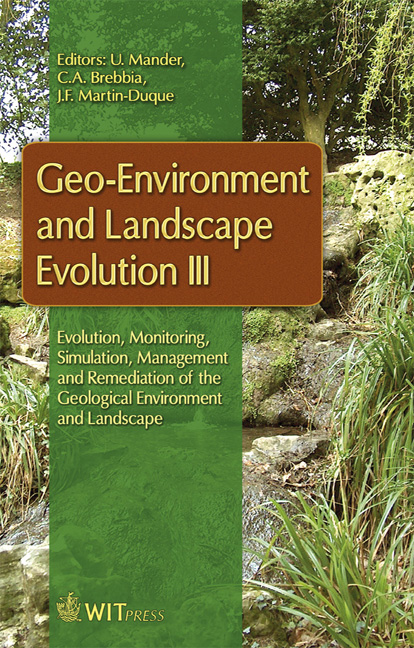Mechanisms In Recent Landscape Transformation
Price
Free (open access)
Transaction
Volume
100
Pages
10
Page Range
183 - 192
Published
2008
Size
1,943 kb
Paper DOI
10.2495/GEO080181
Copyright
WIT Press
Author(s)
M. Antrop & V. Van Eetvelde
Abstract
Change is an essential property of landscape. The continuous interaction between natural processes and human activities defines different landscape dynamics. The general driving forces are well known, as well as the general trends of contemporary landscape transformation. Increased demand on mobility, industrialisation and urbanisation are related and processes that are mainly driven by global economical forces. They cause a polarisation of geographical space in more intensively used core areas and vast areas of marginalisation and even land abandonment. Landscape changes accordingly. However, at the local level the response to these forces can be very different. Based on detailed case studies in different rural areas in Europe, mechanisms of transformation could be recognised. They relate to functional changes in the land use, mainly caused by actors who possess the spatial competence, i.e. the landowners, and rarely planned, gradually and stepwise causing a structural transformation of the landscape. Examples of changing farming practices and residential housing are discussed briefly. Keywords: landscape change, processes, sustainability, local scale. 1 Introduction This paper describes some actual processes that change landscapes at the local scale. Change is considered as an essential property of landscape dynamics. This is also a basic element in the definition of landscape in the European Landscape Convention by the Council of Europe [1]. \“ ‘Landscape’ means an area, as perceived by people, whose character is the result of the action and interaction of natural and/or human factors” (Chapter I, article 1).
Keywords
landscape change, processes, sustainability, local scale.





